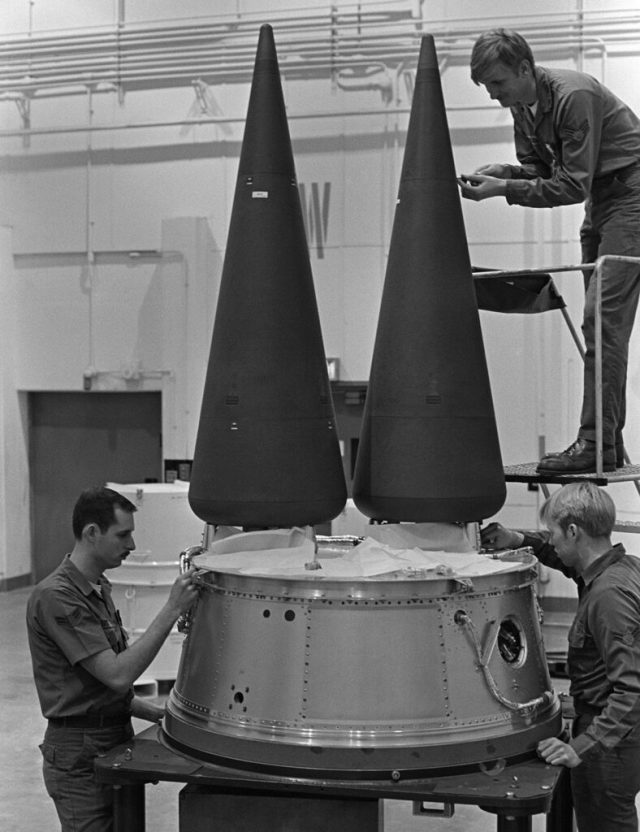On November 14, US Air Force Secretary of State Frank Kendall announced that the development of a new generation of intercontinental range ballistic missiles (ICBMs) under the LGM-35A Sentinel program is going “with great difficulty,” stressing that this program was one of the most ambitious and complex that has ever been undertaken. The expected problems that the Air Force will face when developing a new class of ICBMs, as well as the huge costs of such a program, have prompted calls from 2020 to decommission the predecessor of the Sentinel LGM-30G Minuteman III without replacement - instead relying on a larger fleet of bombers and strategic nuclear submarines to compensate for this. Britain and France, in particular, have set precedents in this regard by abandoning their ground-based nuclear forces. It is estimated that in 2020 the cost of the Sentinel program was $ 265 billion, and since then the forecasts have increased significantly, although there were failures during testing.
The US Air Force's need for a new class of ICBMs is becoming more urgent as the country's Minuteman III arsenal declines with age. Based on the original 1962 Minuteman I design, the missiles have been in service since 1970, several decades beyond the originally intended service life. As the commander of the United States Strategic Command, Charles Richard, noted: “You cannot prolong the life of the Minuteman III ... It is getting close to the fact that it is economically impractical to prolong the life of the Minuteman III. You're fast approaching the point where you can't do it at all.” Richard warned that the rockets are so outdated that their original designers are already dead, and the engineers no longer even have some necessary technical documentation. “This thing is so old that in some cases technical drawings no longer exist, or where we have drawings, they are about six generations behind the industry standard. And not only is there no one working there who could understand them – they are no longer alive,” he said.
Air Force Secretary of State Kendall stated about the difficulties of developing a successor, not having more than half a century of experience with a similar weapons program: "Unknown factors that affect the Sentinel program are surfacing. It has been a very long time since we created an intercontinental ballistic missile." The urgency of replacing the Minuteman III arsenal only increased as the missile class faced high-profile failures during testing, and one rocket encountered an anomaly after launching from Vandenberg Space Force Base in California on November 1, forcing the Air Force to destroy it.
Proponents of preserving the arsenal of land-based intercontinental ballistic missiles consistently make arguments about its much lower operating costs compared to comparable nuclear strike capabilities provided by bombers or submarines. The arguments also highlighted the unique difficulties that destroying spaced and fortified ICBMs creates for possible adversaries - potentially forcing them to expend several of their own nuclear warheads to destroy every missile on earth. The deterioration of the Minuteman III arsenal and the emergence of growing difficulties in developing a successor is due to the fact that China, Russia and North Korea have made significant progress in modernizing their own arsenals. The first two countries have made a breakthrough in the development of hypersonic gliding aircraft with virtually unlimited flight range, while North Korea has made important strides in developing missiles with separable warheads and missiles with solid-fuel composite materials, which reduces launch time. The improvement of strategic missile defense capabilities in China and Russia, in particular, also increasingly calls into question the viability of the Minuteman III as a means of delivery.
Sources used:

